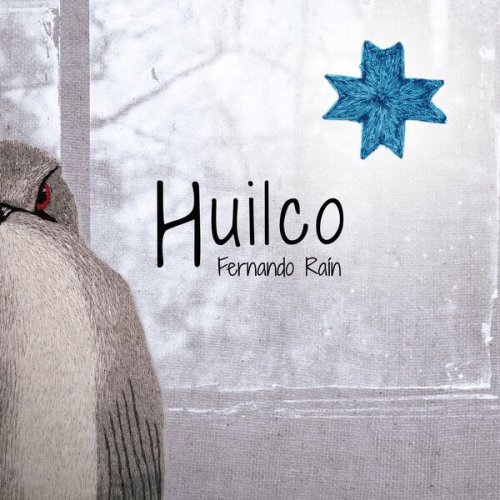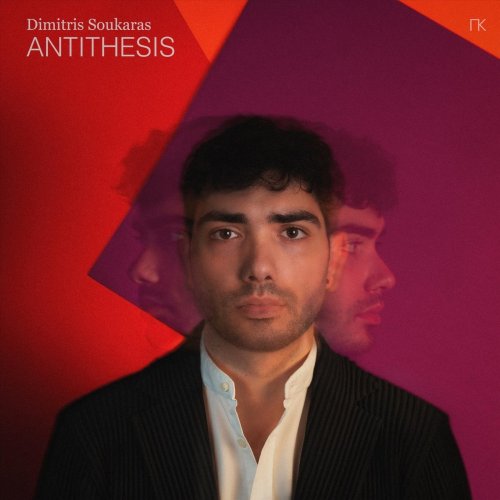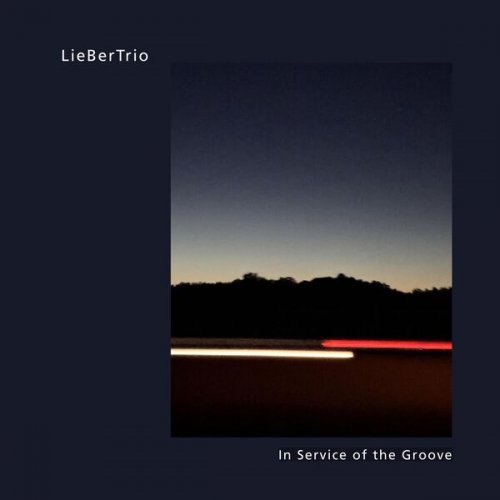Harris Eisenstadt - Canada Day III (2012/2015) Hi Res
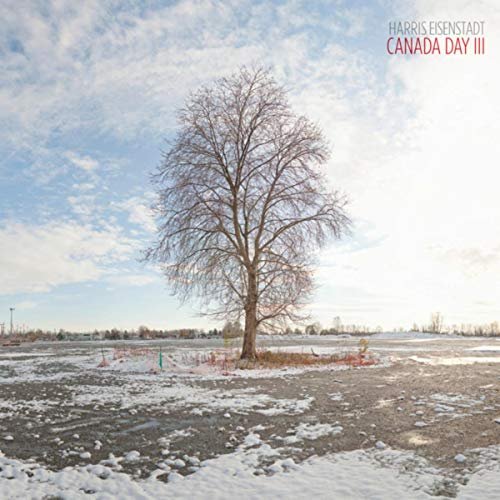
Artist: Harris Eisenstadt
Title: Canada Day III
Year Of Release: 2012/2015
Label: Songlines Recordings
Genre: Jazz
Quality: 320 kbps | FLAC (tracks) | 24Bit/88.2 kHz FLAC (tracks+digital booklet)
Total Time: 00:54:55
Total Size: 126 mb | 311 mb | 1 gb
WebSite: Album Preview
Tracklist:Title: Canada Day III
Year Of Release: 2012/2015
Label: Songlines Recordings
Genre: Jazz
Quality: 320 kbps | FLAC (tracks) | 24Bit/88.2 kHz FLAC (tracks+digital booklet)
Total Time: 00:54:55
Total Size: 126 mb | 311 mb | 1 gb
WebSite: Album Preview
01. Slow and Steady
02. Settled
03. A Whole New Amount of Interactivity
04. The Magician of Lublin
05. Song for Sara
06. Nosey Parker
07. Shuttle off this Mortal Coil
08. King of the Kutiriba
Personnel:
Nate Wooley, trumpet
Matt Bauder, tenor saxophone
Chris Dingman, vibraphone
Garth Stevenson, bass
Harris Eisenstadt, drums & compositions
Third release by NY drummer’s working quintet, following his highly praised Canada Day II, features the same winning combination of post-bop/post-rock grooves and creative-jazz savvy. Eisenstadt’s precise yet flexible drumming integrates the inventions of the soloists and the vibes-based rhythm section into an expressive whole. His musicians, leaders in their own right, all have great taste and distinctive personalities – this band doesn’t sound like any other. HighRes recording lays out the music in vivid detail.
Canada Day III was recorded the day after a seven-gig North American tour spring 2012. The recording was the culmination of a year of getting to know these pieces. We first played most of them during the CD release tour for Canada Day II spring 2011, actually. “Slow and Steady” is a deceptively tricky song. Half the band phrases in four while the other half phrases in six, then they switch, and switch again. I play both sides throughout. It actually grew out of some cutting-room floor material from my first orchestral work, Palimpsest (premiered summer 2011). This was the hardest song on the record to get together because of the back-and-forth between rhythmic feels. Playing it every night on the road really helped solidify it. “Settled” was first a much shorter trio piece years ago. It was originally in seven, but ended up making more sense in four, orchestrated for quintet. I opened up introductory and concluding vamp sections to let the music breathe. The changes go by slowly, then double time, then gear back down to the original tempo on the way out. I wrote a sketch of “A Whole New Amount of Interactivity” for a session a while ago and played it only once. Years later I pulled it out and got back to work. The first few sections come from the earliest version, but the bulk of it came later. Eventually, after a short drum solo, the band dissolves into a short improvisation before coalescing around a final hocketing figure. “The Magician of Lublin” was also originally for trio. I expanded it by spreading the main melody and accompaniment parts throughout the group and set the material in different tempos. The tenor-drum duo towards the end happened without pre-determination on tour. We liked it so we kept it for the session. The title comes from an Isaac Bashevis Singer short story. He’s one of my favorite authors. “Song for Sara” is dedicated to my wife, Sara Schoenbeck, who I love deeply and have been with for twelve years. I wrote the first draft in one evening and when I finished I realized it was for her. When I revised the music I was again looking for a way for it to breathe. I opened up the introductory and concluding sections, and revised the B section so that it modulates and actually feels like a bridge. “Nosey Parker” is named after a pithy line of dialogue from the wonderful BBC TV show Foyle’s War. If you don’t know it, check it out. Michael Kitchen is fantastic. Some of the material comes from the orchestral piece trimmings I mentioned earlier. It was tricky to get together early on because in many of the sections we’re playing five different parts. The orchestral trimmings didn’t have drumset, so at first I didn’t know what to play. It turned out that playing on the 1 and the 3 grounded everything. “Shuttle off this Mortal Coil” is named after the controversy about the meaning of the famous Shakespeare quote from Hamlet. I had read somewhere that it actually should be “shuttle” instead of “shuffle.” For some reason, that was in my head when I titled the song. The waltz feel in the first half of the tune jumps to a faster cut-time tempo and a slippery vibraphone line. After the DS and waltz re-cap, we jump into a twisted march that soon dissolves into an improvised cadenza and rubato finish. “King of the Kutiriba” is dedicated to one of my Gambian drum teachers, Mamady Danfa, who died recently. We spent many hours a day together for two months when I was there years ago. He was a sweet person who died far too young - a shy, skinny, unassuming guy who played unbelievably. The piece didn’t begin as a dedication. I found out he passed around the time I finished it, and though the musical content bears no direct relation to the music I learned from Mamady, its gentle spirit reminds me of him.
Canada Day III was recorded the day after a seven-gig North American tour spring 2012. The recording was the culmination of a year of getting to know these pieces. We first played most of them during the CD release tour for Canada Day II spring 2011, actually. “Slow and Steady” is a deceptively tricky song. Half the band phrases in four while the other half phrases in six, then they switch, and switch again. I play both sides throughout. It actually grew out of some cutting-room floor material from my first orchestral work, Palimpsest (premiered summer 2011). This was the hardest song on the record to get together because of the back-and-forth between rhythmic feels. Playing it every night on the road really helped solidify it. “Settled” was first a much shorter trio piece years ago. It was originally in seven, but ended up making more sense in four, orchestrated for quintet. I opened up introductory and concluding vamp sections to let the music breathe. The changes go by slowly, then double time, then gear back down to the original tempo on the way out. I wrote a sketch of “A Whole New Amount of Interactivity” for a session a while ago and played it only once. Years later I pulled it out and got back to work. The first few sections come from the earliest version, but the bulk of it came later. Eventually, after a short drum solo, the band dissolves into a short improvisation before coalescing around a final hocketing figure. “The Magician of Lublin” was also originally for trio. I expanded it by spreading the main melody and accompaniment parts throughout the group and set the material in different tempos. The tenor-drum duo towards the end happened without pre-determination on tour. We liked it so we kept it for the session. The title comes from an Isaac Bashevis Singer short story. He’s one of my favorite authors. “Song for Sara” is dedicated to my wife, Sara Schoenbeck, who I love deeply and have been with for twelve years. I wrote the first draft in one evening and when I finished I realized it was for her. When I revised the music I was again looking for a way for it to breathe. I opened up the introductory and concluding sections, and revised the B section so that it modulates and actually feels like a bridge. “Nosey Parker” is named after a pithy line of dialogue from the wonderful BBC TV show Foyle’s War. If you don’t know it, check it out. Michael Kitchen is fantastic. Some of the material comes from the orchestral piece trimmings I mentioned earlier. It was tricky to get together early on because in many of the sections we’re playing five different parts. The orchestral trimmings didn’t have drumset, so at first I didn’t know what to play. It turned out that playing on the 1 and the 3 grounded everything. “Shuttle off this Mortal Coil” is named after the controversy about the meaning of the famous Shakespeare quote from Hamlet. I had read somewhere that it actually should be “shuttle” instead of “shuffle.” For some reason, that was in my head when I titled the song. The waltz feel in the first half of the tune jumps to a faster cut-time tempo and a slippery vibraphone line. After the DS and waltz re-cap, we jump into a twisted march that soon dissolves into an improvised cadenza and rubato finish. “King of the Kutiriba” is dedicated to one of my Gambian drum teachers, Mamady Danfa, who died recently. We spent many hours a day together for two months when I was there years ago. He was a sweet person who died far too young - a shy, skinny, unassuming guy who played unbelievably. The piece didn’t begin as a dedication. I found out he passed around the time I finished it, and though the musical content bears no direct relation to the music I learned from Mamady, its gentle spirit reminds me of him.
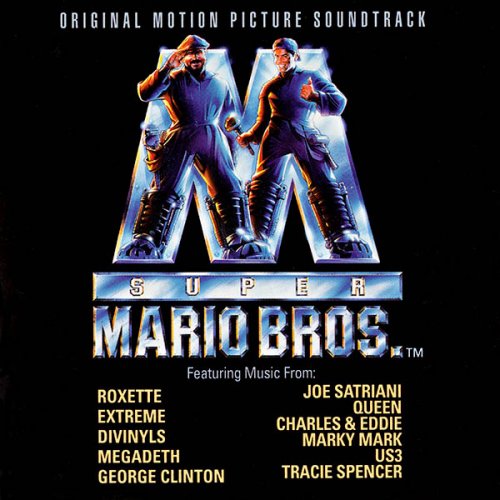
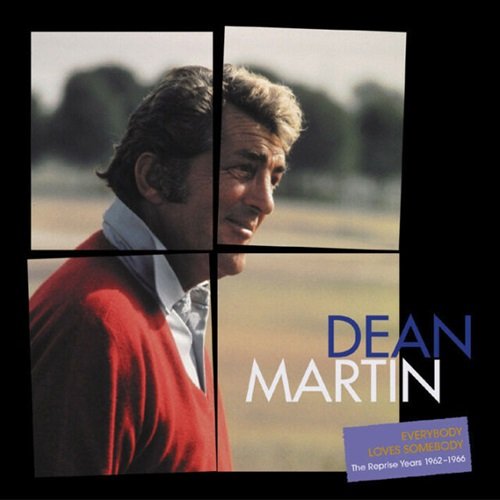

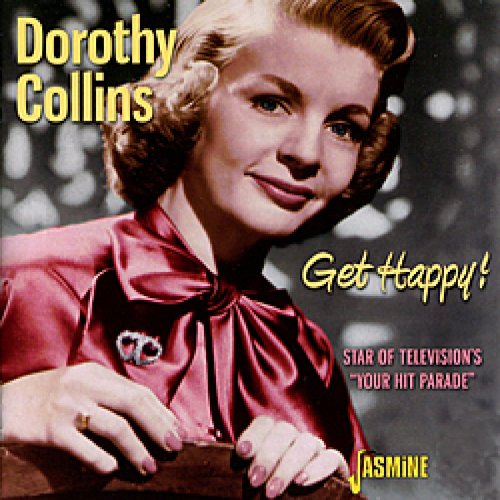
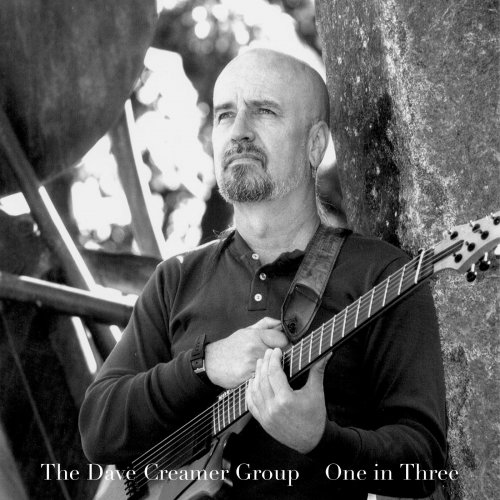
![Zbigniew Namyslowski Modern Jazz Quartet - Lola (Remastered 2025) (2025) [Hi-Res] Zbigniew Namyslowski Modern Jazz Quartet - Lola (Remastered 2025) (2025) [Hi-Res]](https://www.dibpic.com/uploads/posts/2025-12/1765509687_cover.jpg)
